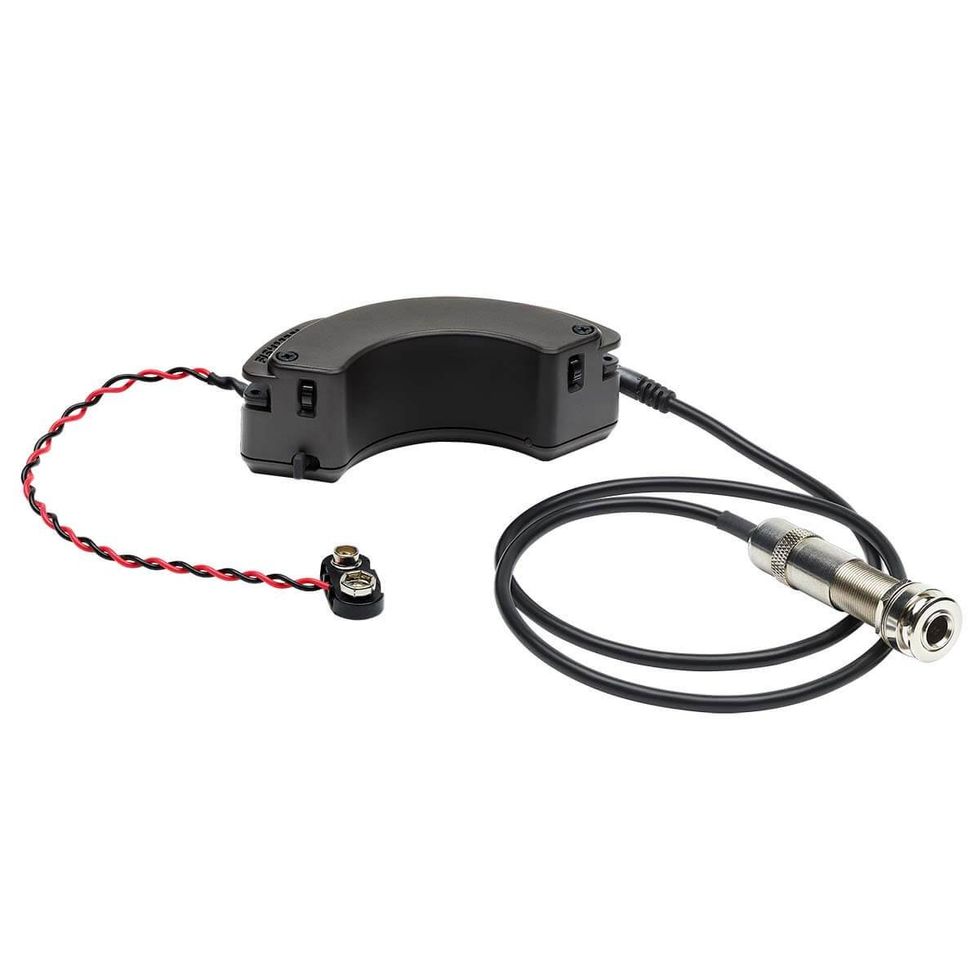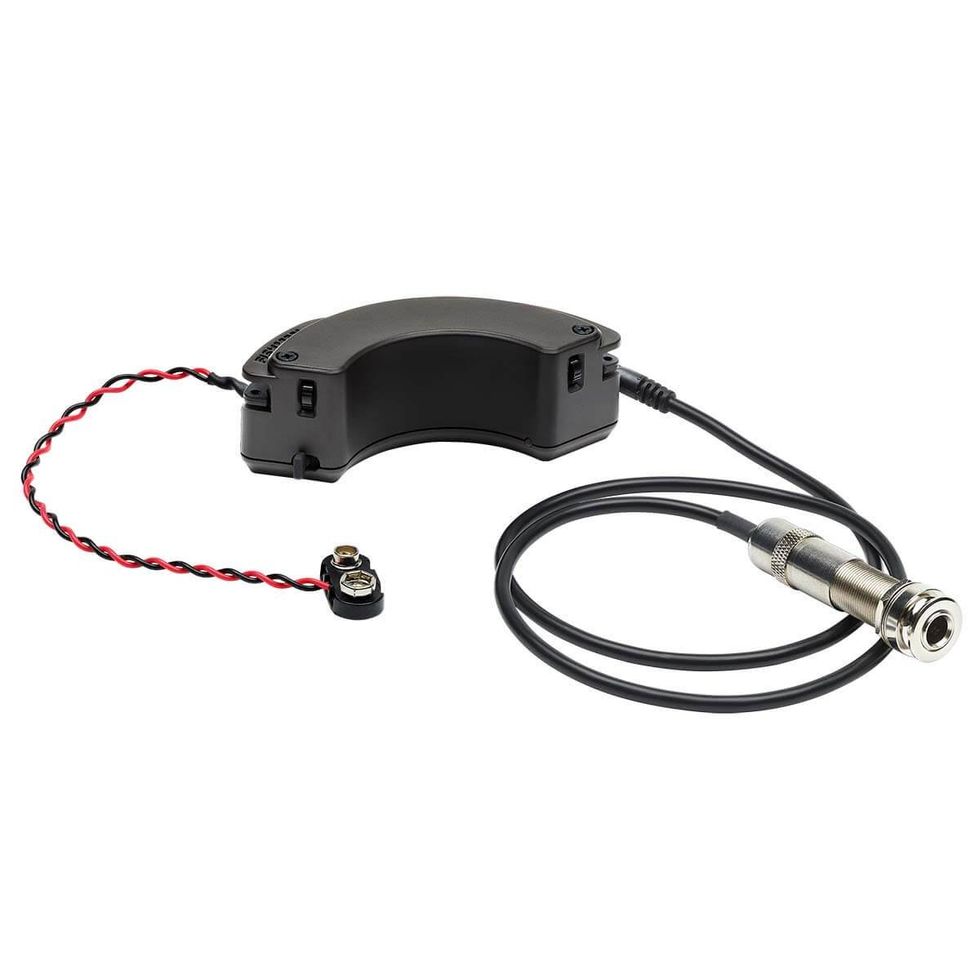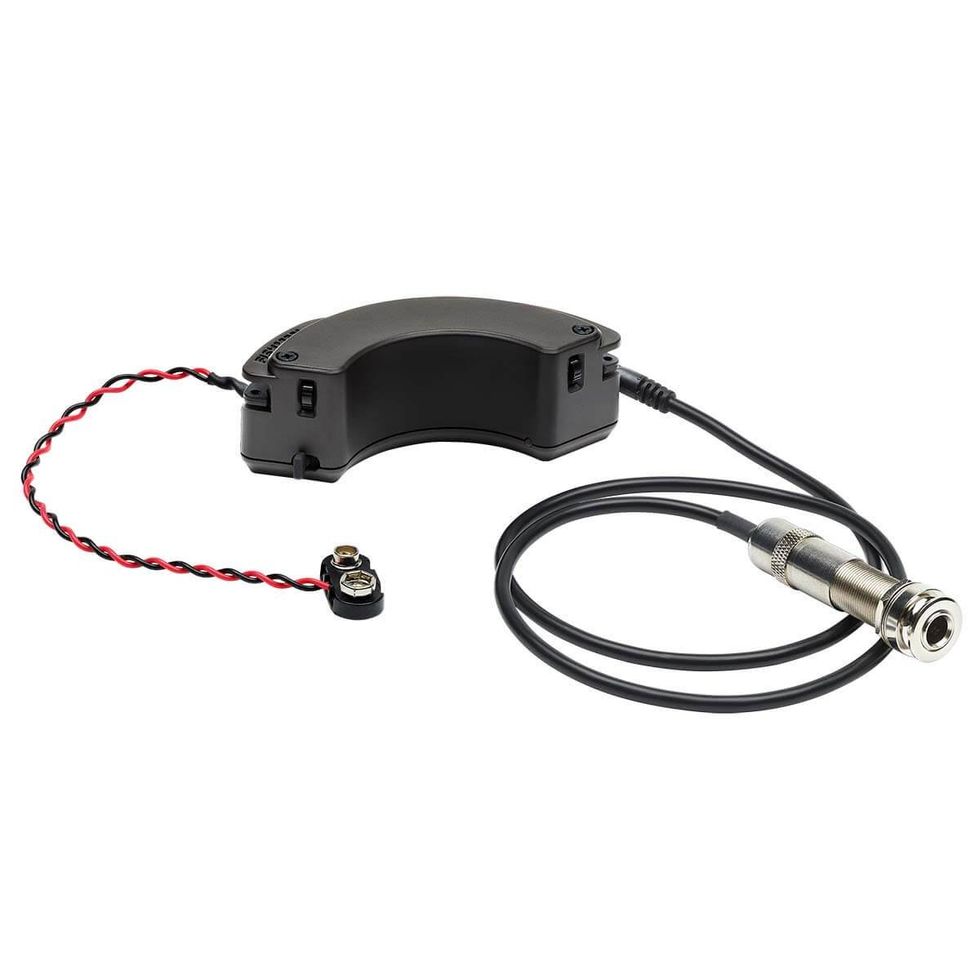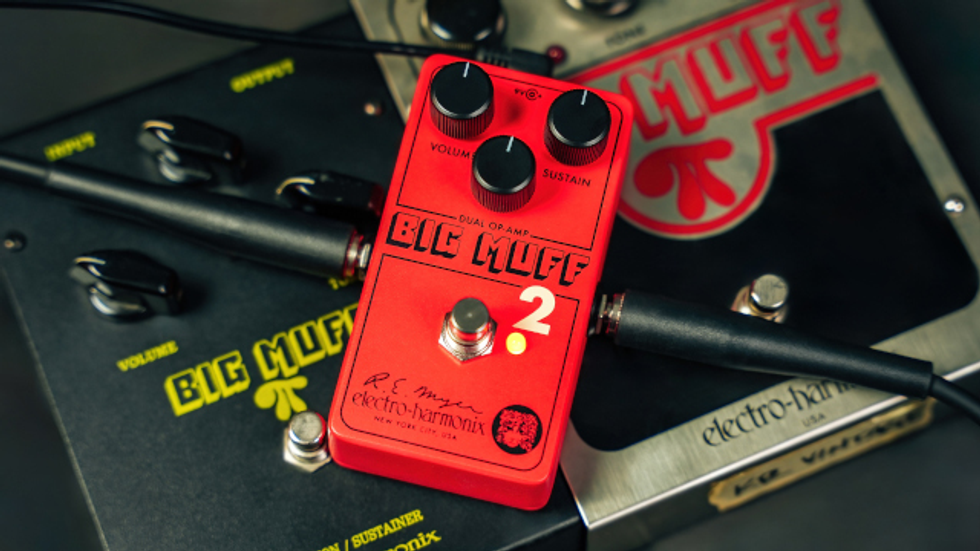For the past quarter-century, American guitar manufacturers have been reissuing holy-grail instruments from what is often called the golden era of steel-string guitar making. But the now-iconic guitars that graced catalog covers in the 1930s were not the models that paid the bills in those lean times. It was the inexpensive instruments, produced in far higher numbers, introduced in response to the suppressed buying power of musicians during the Great Depression. This is especially true of Gibson’s “budget brands” like Kalamazoo and Kel Kroydon (top), which in recent years have shot up in value while prices on Gibson-brand vintage models have stalled. In an interesting repeat of 80 years ago, some of today’s highly-regarded guitar manufacturers have returned to the “make-it-affordable, leave-off-the-extras” aesthetic.
Part of the appeal of these re-creations of yesteryear’s economy guitars is a less-is-more approach that preserves sound and playability, but strips away decorative geegaws and glossy finishes. The tuners are usually simple open-back style, the matte finish is thinner, and players seem to love the more organic look and feel. Another plus is that since these models are relatively small (usually 00 size, similar to a classical guitar), the lighter tuners and just-the-basics construction results in guitars that are remarkably lightweight. Their size and weight—along with comparatively low prices—makes stuffing them into a gig bag seem rational instead of risky.
Unlike many imports from the other side of the planet, the relative affordability of these models is not achieved by paying low wages to those who build them or by the use of inexpensive or low-grade materials. It’s the result of highly sophisticated manufacturing and efficient assembly. And, to the surprise of many players picking one up for the first time, these guitars are loud and lively, and usually sound far better than the vintage budget instruments they are modeled after.
It’s easy to understand the skepticism many players have regarding these new guitars, such as the Waterloo WL-12 made by Collings (middle) and the Martin 00-17S (bottom). The finishes are not only thin, they’re also a matte sheen and at least slightly opaque. Some of the finishes reveal almost none of the wood grain at all. Inlay and binding are minimal and, yes, they look rather cheap compared to glossy, top-of-the-line models.
We’ve been trained to think that when something looks less finished on the outside, there are compromises under the hood as well. Gibson certainly made sure of that: Despite their similarities, a Kalamazoo KG-14 from 1937 was not as good as a Gibson L-00 made the same year. For example, Gibson only put adjustable truss rods in the necks of instruments with its own brand on the headstock. Today’s manufacturers, however, face much more informed consumers, and the welcome result of wishing to avoid a “trial by forum” is that these contemporary budget guitars sound and play better than most people expect.
Those who question the low prices are usually not aware of how much time goes into fully decorating a gloss-finished guitar with lots of binding and marquetry. A guitar body comes together very quickly when all its components are carefully machined by CNC, but a CNC machine has not yet been invented that can carefully glue multiple layers of binding around a guitar back, let alone the headstock.
Another time-consuming—but rarely appreciated—step is scraping the stain or pore filler off that same binding before the coats of clear finish are applied. As for those glossy surfaces, guitar manufacturers risk “buffing through” the finish on the edges and corners if the coating is too thin. This reveals raw wood—a goof that requires time-consuming touch-up and considerable delay in completing the instrument. That said, giving the buffing process a wider margin for error often results in a finish that’s thick, and looks it.
Those who love to window shop on websites that show guitars with the beautiful grain patterns of exotic, tropical hardwoods will probably not be impressed by these modern budget models. It’s almost as if this new direction in American guitar manufacturing was designed to turn the exotic-tonewood, guitar-as-art movement on its ear. No beautiful inlay, minimal binding, and a dull finish over plain wood? What’s going on? Perhaps it’s a return to the same guitar-as-tool idea that probably drew most of us to play the instrument in the first place. Underneath that thin, dull sheen is an instrument that can be just as effective for making music as the glossy guitar-show-stopper that costs as much as a car. For musicians who want more guitar for less money or a guitar they don’t feel compelled to fuss over, this is a very healthy and welcome trend.








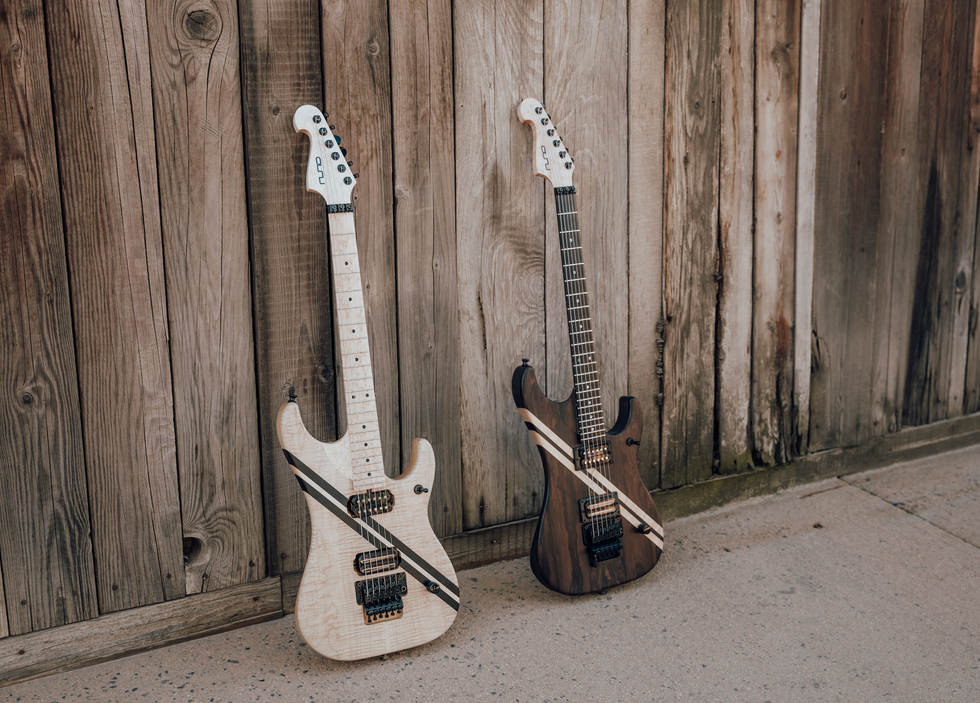
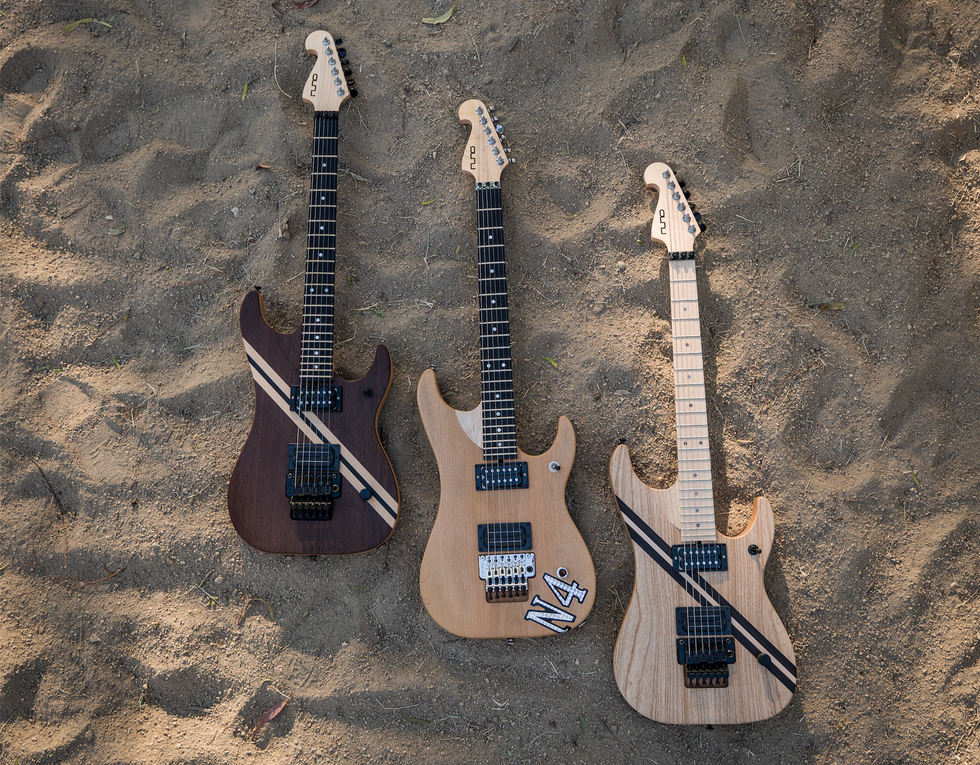


![Rig Rundown: Russian Circles’ Mike Sullivan [2025]](https://www.premierguitar.com/media-library/youtube.jpg?id=62303631&width=1245&height=700&quality=70&coordinates=0%2C0%2C0%2C0)





